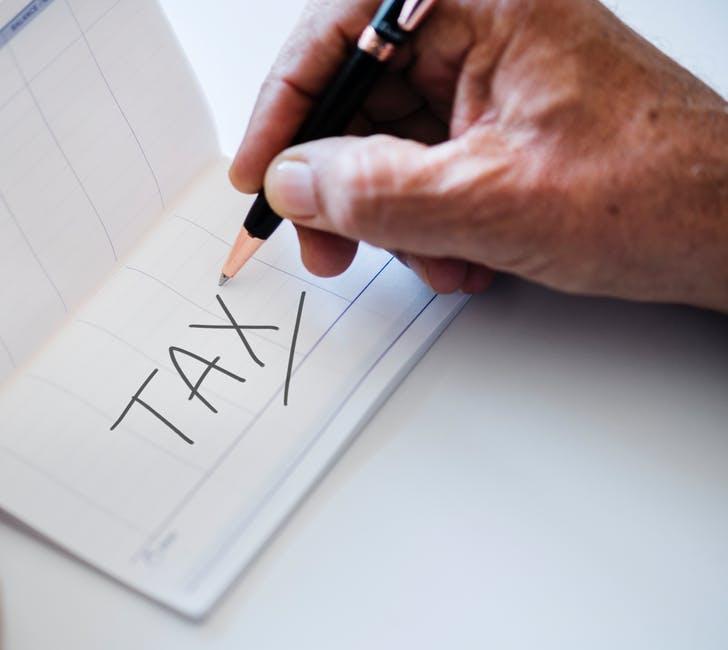Working as a freelancer can be an exhausting process. Between finding contracts, dealing with a massive variety of employers, and the worst of all, freelancer taxes.
Not having a clean W-2 form to fill in your taxes makes things more tricky. You have multiple sources of income and there is a good chance that none of it has had taxes removed.
What do you do? Who do you go to? Lucky for you, we have all you need. Let’s go over the details.
Understanding Freelancer Taxes
Freelancing is a hard to pin down process. The idea is that you are not an absolute employee, so the standard rule of clock-in, clock-out, and then get your W-2 is not going to happen.
Some freelancers have a more steady employee as a form of contractor. For them, their tax forms will depend on how their company handles them. If you are in need of a W-2 form in the scuffle of it all, there is a great online W2 generator.
For the traditional freelancing, you may need to find the 1099 tax form.
Both of these forms need plenty of information on where, when, and how much your work gives you over the year.
Keeping Records
As a general rule of thumb, if you are not in full-term employment with your income provider, you need to keep track of your records.
Keeping records on expenses and income is never a bad thing, for a freelancer you may be the only one doing so. When it comes to tax time, you will need to document all of that information in the appropriate forms.
The more receipts, email exchanges, and bank account notations you have, the better. It may seem tedious and unneeded, but you never know when a random bit of information comes up.
Quarterly Payments
With structured taxing on each paycheck for the standard employee, the system allows for one big tax check starting at the beginning of the year. This is the standard everyone knows.
For freelancers, you don’t have anything taken out so it may benefit you to take on quarterly payments. This means estimating workload for the coming quarter and paying forward ahead of time.
If you worry you are overpaying, know that any excess you pay will come back to you during proper tax season.
Freelancer Savings
Taxes are full of complications, but they can also push opportunities for savings. Here are a few tips to keep your income high and your savings full.
- Deducting Expenses
One of the best items of freelancing and remote working is the ability to deduct expenses. While anyone can have expenses to deduct, freelancers often have a host of extras.
When working from home, every home expense is a business expense. The details on how and what you can deduct are wide, but anything from food to rent can be a potential deduction.
- Setting Aside for Retirement
Preparing for retirement is always a weird time and doing so early is even more so. The earlier you do it, though, the better.
Putting a portion of your income into the SEP IRA, which is a self-employment system that can portion away your income to make it untaxable. This keeps a basic portion of money set aside for a retirement fund.
- Seeking the Professional Touch
When in doubt, you can wash away any and all confusion with a qualified professional.
Search for a tax professional that understands both the freelancing details and proper tax code. This makes sure they are on the right page to help you out.
Financial Guidance and More
Now that you know a little bit more about how freelancer taxes work, you can face the upcoming tax season with confidence. It isn’t a hopeless exercise in fear when you have help on your side.
Speaking of help, we have a lot of other financial guides and tips all around our website if you need a bit more. From budgeting to retirement funds, we have what you need to succeed.
.

